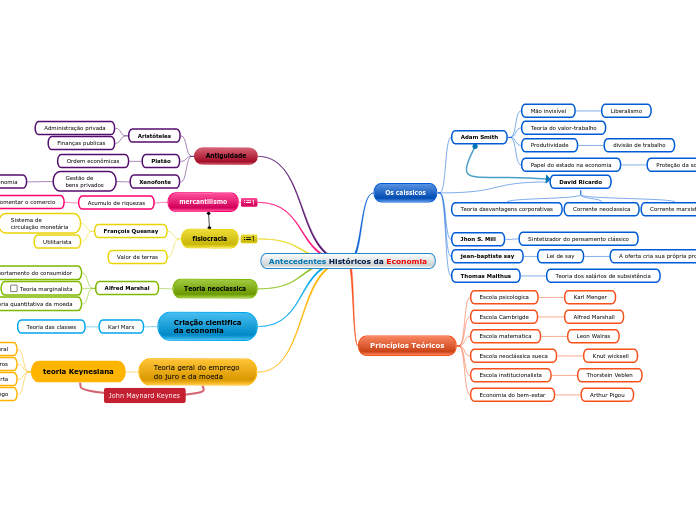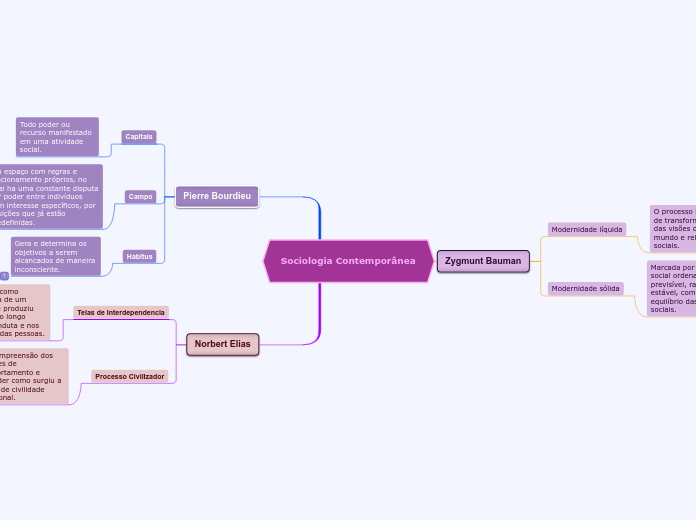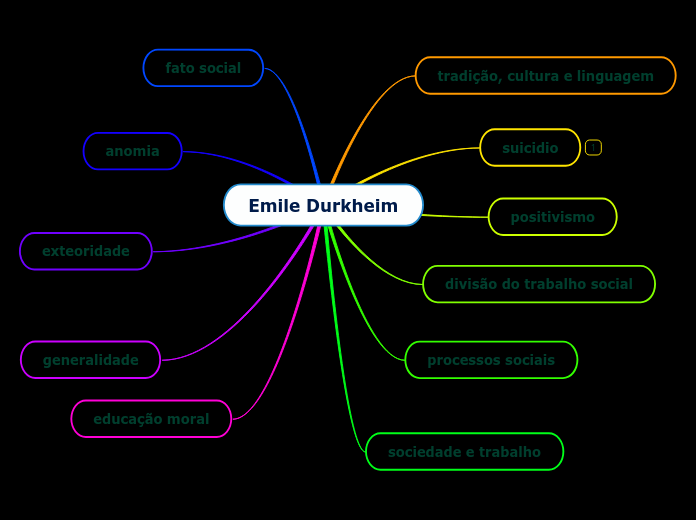CLÁSSICOS DA SOCIOLOGIA
The Solar System is the gravitationally bound system of the Sun and the objects that orbit it, either directly or indirectly. Of the objects that orbit the Sun directly, the largest are the eight planets, with the remainder being smaller objects, the dwarf planets, and small Solar System bodies.
MARX
Uranus is an oddball. It has clouds made of hydrogen sulfide, the same chemical that makes rotten eggs smell so foul.
It rotates from east to west like Venus. Its tilt causes extreme seasons that last 20-plus years, and the sun beats down on one pole or the other for 84 Earth-years at a time.
Methane in the atmosphere gives Uranus its blue-green tint. It also has 13 sets of faint rings.
CONCEPÇÃO DE SOCIEDADE: Sociedade reflete na vida material COMO ANALISAR: Materialismo. MODERNIDADE: Exploração capitalista.
WEBER
CONCEPÇÃO DE SOCIEDADE: Ação social compõe a sociedade. COMO ANALISAR: Método compreensivo.
DURKHEIM
Neptune is about the size of Uranus and is known for supersonic strong winds.
Neptune is far out and cold.
The planet is more than 30 times as far from the sun as Earth.
Neptune was the first planet predicted to exist by using math, before it was visually detected. Neptune is about 17 times as massive as Earth and has a rocky core.
CONCEPÇÃO DA SOCIEDA: Sociedade se impõe ao individuo. COMO ANALISAR: Fatos sociais como coisas. Objetividade MODERNIDADE: Coesão social.
COMO CONHECER OS CLÁSSICOS?
It was once considered a planet but in August 2006 the International Astronomical Union (IAU) downgraded the status of Pluto to that of “dwarf planet.”
Pluto is unlike other planets in many respects. It is smaller than Earth's moon; its orbit is highly elliptical.
It's a cold, rocky world with a tenuous atmosphere. Pluto is a very active ice world that's covered in glaciers, mountains of ice water, icy dunes, and possibly even cryovolcanoes that erupt icy lava made of water, methane or ammonia.
CADA AUTOR CLÁSSICO VAI APRESENTAR UMA RESPOSTA DIFERENTE PARA CADA UMA DESSAS PERGUNTAS
A planet's day is the time it takes the planet to rotate or spin once on its axis.
Write down Pluto's day measured in Earth days.
1- COMO OCORRE A RELAÇÃO ENTRE O INDIVIDUO E SOCIEDADE? 2- QUAL MÉTODO DE ESTUDOS É MAIS ADEQUADO PARA A SOCIOLOGIA? 3- QUAIS SÃO OS PRINCIPAIS PROBLEMAS DA SOCIEDADE MODERNA?
How long does it take for Pluto to go around the sun?
PORQUE ELES SÃO OS CLÁSSICOS?
CLÁSSICOS DA SOCIOLOGIA:
Jupiter is a giant gas world that is the most massive planet in our solar system.
Its swirling clouds are colorful due to different types of trace gases.
And a major feature in its swirling clouds is the Great Red Spot, a giant storm more than 10,000 miles wide. It has raged at more than 400 mph for the last 150 years, at least.
Jupiter has a strong magnetic field, and with 75 moons, it looks a bit like a miniature solar system.
KARL MARX (Alemanha, 1818, 1883)
How long does it take for Jupiter to go around the sun?
MAX WEBER (Alemanha, 1864, 1920)
A planet's day is the time it takes the planet to rotate or spin once on its axis.
Write down Jupiter's day measured in Earth days.
Émile Durkheim (França, 1858,1917)
POSITIVISMO: 1° ESCOLA SOCIOLÓGICA
Mars is a cold, desert-like place covered in dust. This dust is made of iron oxides, giving the planet its iconic red hue.
Mars shares similarities with Earth: It is rocky, has mountains, valleys and canyons, and storm systems ranging from localized tornado-like dust devils to planet-engulfing dust storms.
Moons
Mars has two small moons.
Name these moons.
Moon name
Tecnológico, metafísico e positivo.
How long does it take for Mars to go around the sun?
Subtópico
TEORIA DOS ESTÁGIOS DE CONHECIMENTO
Pai da sociologia
A planet's day is the time it takes the planet to rotate or spin once on its axis.
Write down Mars's day measured in Earth days.
AUGUSTE COMTE
Uso da ciência para manutenção da ordam social.
POSITIVISMO
CONTEXTO DE SURGIMENTO DA SOCIOLOGIA:
Mercury is the smallest, only a little bit larger than Earth's moon. Mercury has no moon.
It experiences dramatic changes in its day and night temperatures: Day temperatures can reach a scorching 840 F (450 C), which is hot enough to melt lead. Meanwhile, on the night side, temperatures drop to minus 290 F (minus 180 C).
It also has a very thin atmosphere of oxygen, sodium, hydrogen, helium, and potassium and can't break-up incoming meteors, so its surface is pockmarked with craters, just like the moon.
IDADE MODERNA:
How long does it take for Mercury to go around the sun?
Produção industrial Sociedade urbana Capitalismo
SOCIEDADE MODERNA
IDADE MÉDIA:
A planet's day is the time it takes the planet to rotate or spin once on its axis.
Write down Mercury's day measured in Earth days.
Produção agrícola Sociedade rural Feudalismo, absolutismo.
SOCIEDADE TRADICIONAL
A sociologia é criada para entender uma maioria sociedade do século XIX.
Our Solar System has eight “official” planets which orbit the Sun.
Each planet is at a different distance from the sun. Name its position.









